Think of a solar inverter as a translator. Your solar panels produce one type of electricity—Direct Current (DC). But all the appliances in your home, from your lights to your refrigerator, run on a different type—Alternating Current (AC).
The solar inverter’s main job is to take the DC electricity from the panels and “translate” it into the stable AC electricity your home can use. Without an inverter, the power your panels generate would be incompatible with your appliances.
Beyond this core function, a modern solar inverter is also the “brain” of the system, managing the flow of energy between your solar panels, your home, a battery bank, and the main electricity grid.
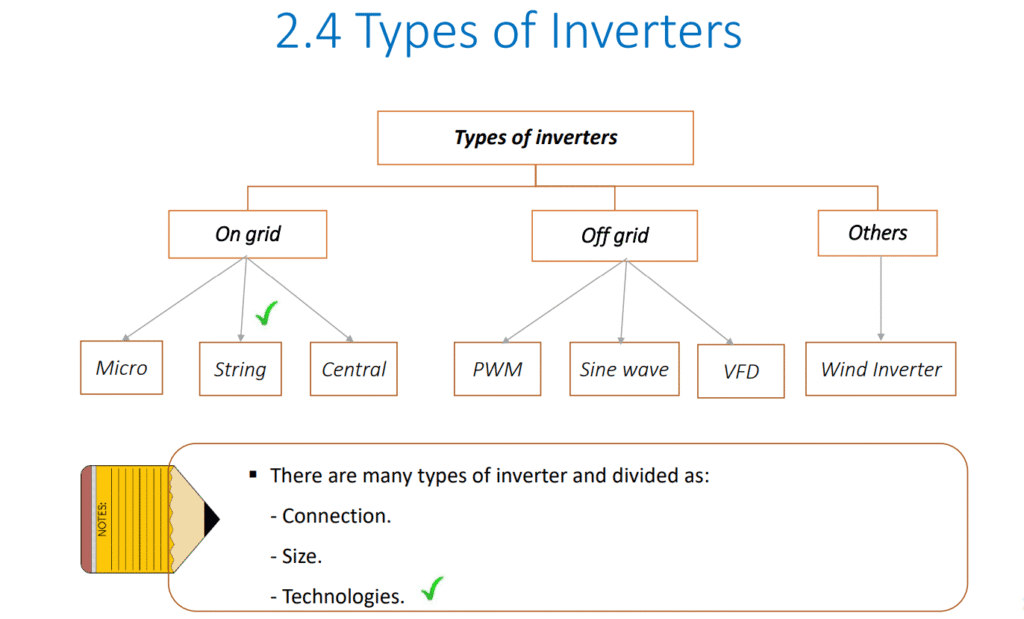
The 3 Main Types of Solar Inverters Explained
Choosing the right type of inverter is the most important decision you’ll make. It determines whether you can get power during an outage, store energy in batteries, or sell surplus power back to the grid.
1. On-Grid (Grid-Tie) Inverters
An On-Grid inverter is like a disciplined employee who only works when the main office (the electricity grid) is open.
It synchronizes with the public electricity grid. During the day, it powers your home with solar energy. If your panels produce more power than you need, it exports the surplus to the grid, often earning you credits on your electricity bill (net metering). However, for safety reasons, if the grid goes down, the on-grid inverter automatically shuts off.

- Pros:
- Simplest and most affordable type of inverter.
- Maximizes savings on your electricity bill through net metering.
- Highly efficient at converting DC to AC power.
- Cons:
- Provides no power during an outage. This is the critical drawback.
- Does not work with batteries.
- Best For: Homes in areas with a very stable electricity grid where the primary goal is simply to reduce monthly bills.
2. Off-Grid Inverters
An Off-Grid inverter is like a self-sufficient homesteader. It is completely independent and does not connect to the public electricity grid at all.
Its only job is to use solar panels to charge a large bank of batteries. It then pulls power from these batteries and converts it to AC electricity to run your home. This is the only option for locations with no grid access.

- Pros:
- Provides 100% energy independence.
- Immune to grid power outages.
- The only solution for remote homes, farms, or cabins.
- Cons:
- Requires a large and expensive battery bank.
- You are limited by the amount of power you can generate and store.
- Cannot take advantage of the grid as a backup.
- Best For: Remote locations where grid electricity is unavailable or extremely unreliable.
3. Hybrid Inverters

A Hybrid inverter is the “best of both worlds.” It’s a smart, versatile manager that can do everything.
It is connected to the grid like an On-Grid inverter, but it can also charge a battery bank like an Off-Grid inverter. This gives you the ultimate flexibility: use solar to power your home, charge your batteries for backup, and still export any extra surplus power to the grid to save money.
- Pros:
- Reduces your electricity bills via solar usage and net metering.
- Provides seamless backup power during a grid outage by switching to battery power.
- Allows you to store cheap off-peak grid power in your batteries.
- The most versatile and future-proof solution.
- Cons:
- More expensive than On-Grid or Off-Grid inverters.
- Requires the additional cost of a battery bank to use its backup features.
- Best For: The vast majority of modern homes in India. It offers the perfect combination of bill savings and energy security.
Key Technology You Must Know: MPPT

When you see “MPPT” on a spec sheet, it stands for Maximum Power Point Tracking.
Think of MPPT as the advanced gearbox for your solar system. A solar panel’s power output changes constantly depending on sunlight and temperature. An MPPT charge controller intelligently finds the perfect electrical point (the “sweet spot”) to extract the maximum possible amount of power from your panels at any given moment.
Inverters with MPPT can harvest up to 30% more energy than older PWM technology, especially on cloudy days. For any modern solar installation, an inverter with MPPT is essential.
Solar Inverter vs. Normal Inverter: What’s the Difference?
This is a common point of confusion. While they both produce AC power, their capabilities are vastly different.
| Feature | Normal Inverter | Solar Inverter |
| Primary Job | Provide backup power from a battery during an outage. | Manage power from solar panels, the grid, and batteries. |
| Inputs | 1 (Battery) | 3 (Solar Panels, Battery, Grid) |
| Solar Charging | No | Yes (via built-in charge controller) |
| Grid Interaction | No (only draws from it to charge battery) | Yes (can export power back to the grid) |
| Intelligence | Basic (switches on when power fails) | Advanced (prioritizes solar, manages battery health) |
What is a Solar Charge Controller?
Think of a solar charge controller as a smart valve for your battery. Its main job is to regulate the flow of electricity from your solar panels to your battery bank. It constantly monitors the battery’s voltage and “closes the valve” when the battery is full, preventing it from overcharging. This is crucial for protecting your batteries from damage and ensuring they have a long lifespan.
There are two main types of charge controller technology: PWM and MPPT.
PWM (Pulse Width Modulation)
A PWM controller is the older, simpler technology.
- How it works: It acts like a simple on-off switch. It connects the solar panels directly to the batteries. When the battery is charging, the switch is “on.” As the battery gets full, it starts switching on and off very rapidly (pulsing) to reduce the current and taper the charge.
- The Drawback: This method forces the solar panel to operate at the battery’s voltage. If you have a solar panel that produces power most efficiently at 18 volts, but it’s connected to a 12-volt battery, a PWM controller will drag the panel’s voltage down to 12 volts, wasting a significant amount of potential power.
MPPT (Maximum Power Point Tracking)
An MPPT controller is the modern, more advanced technology.
- How it works: It acts like a smart gearbox or a DC-to-DC converter. It can take a higher voltage and lower current from the solar panels and convert it into the lower voltage and higher current that the battery needs.
- The Advantage: This allows the solar panel to operate at its most efficient voltage (its “Maximum Power Point”), which is always higher than the battery’s voltage. By doing this, the MPPT controller captures all the available power from the panel, converting the excess voltage into more charging current. This process can harvest 20-30% more power from the same solar panels compared to a PWM controller, especially in cloudy or cold weather.
The Final Verdict: PWM vs. MPPT
| Feature | PWM (Older Technology) | MPPT (Modern Technology) |
| Efficiency | Lower (70-80%) | Very High (up to 98%) |
| Analogy | Simple On-Off Switch | Smart Gearbox |
| Cost | Inexpensive | More Expensive |
| Best For | Small, low-budget systems (e.g., solar street lights, small RV panels). | Any serious home solar installation. |
For any home solar system, an MPPT charge controller is the only choice. While it costs more upfront, the extra 20-30% power it harvests every single day means it pays for itself very quickly and maximizes the return on your solar panel investment.
Conclusion: Making the Smart Choice
Understanding your solar inverter is the first step toward energy independence. For most homeowners, a Hybrid Inverter with MPPT technology offers the perfect blend of financial savings, energy security, and future-proof flexibility. It allows you to start by saving on your bills and gives you the option to add batteries later for complete peace of mind.
By choosing the right type of inverter for your specific needs, you are not just buying a piece of equipment; you are investing in a smarter, cleaner, and more reliable energy future for your home.

Suhas Shrikant is the founder of Vecharged and an engineering enthusiast specializing in high-power off-grid solar systems. He has designed and built over a dozen custom systems and uses his hands-on, field-tested experience to create Vecharged’s expert guides and reviews.


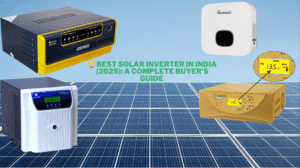

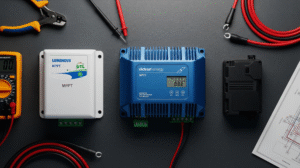

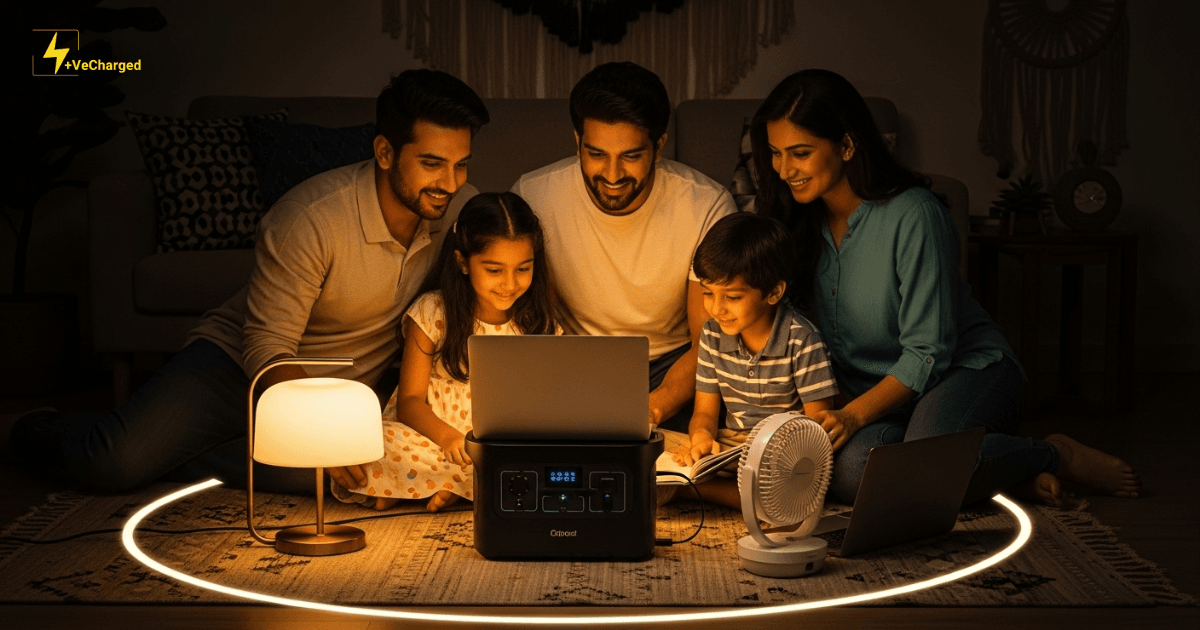
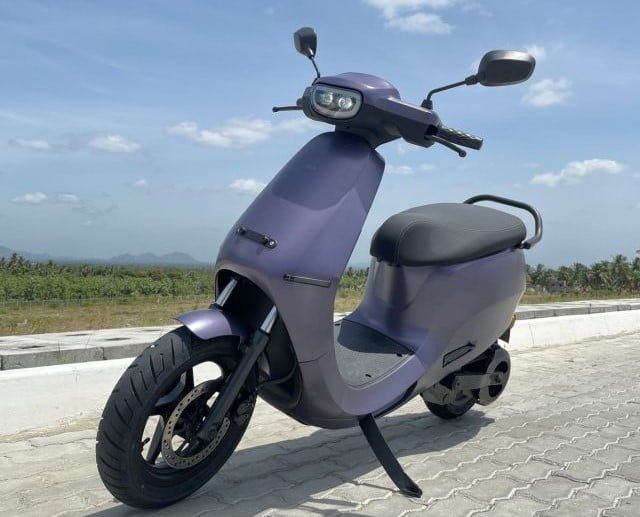
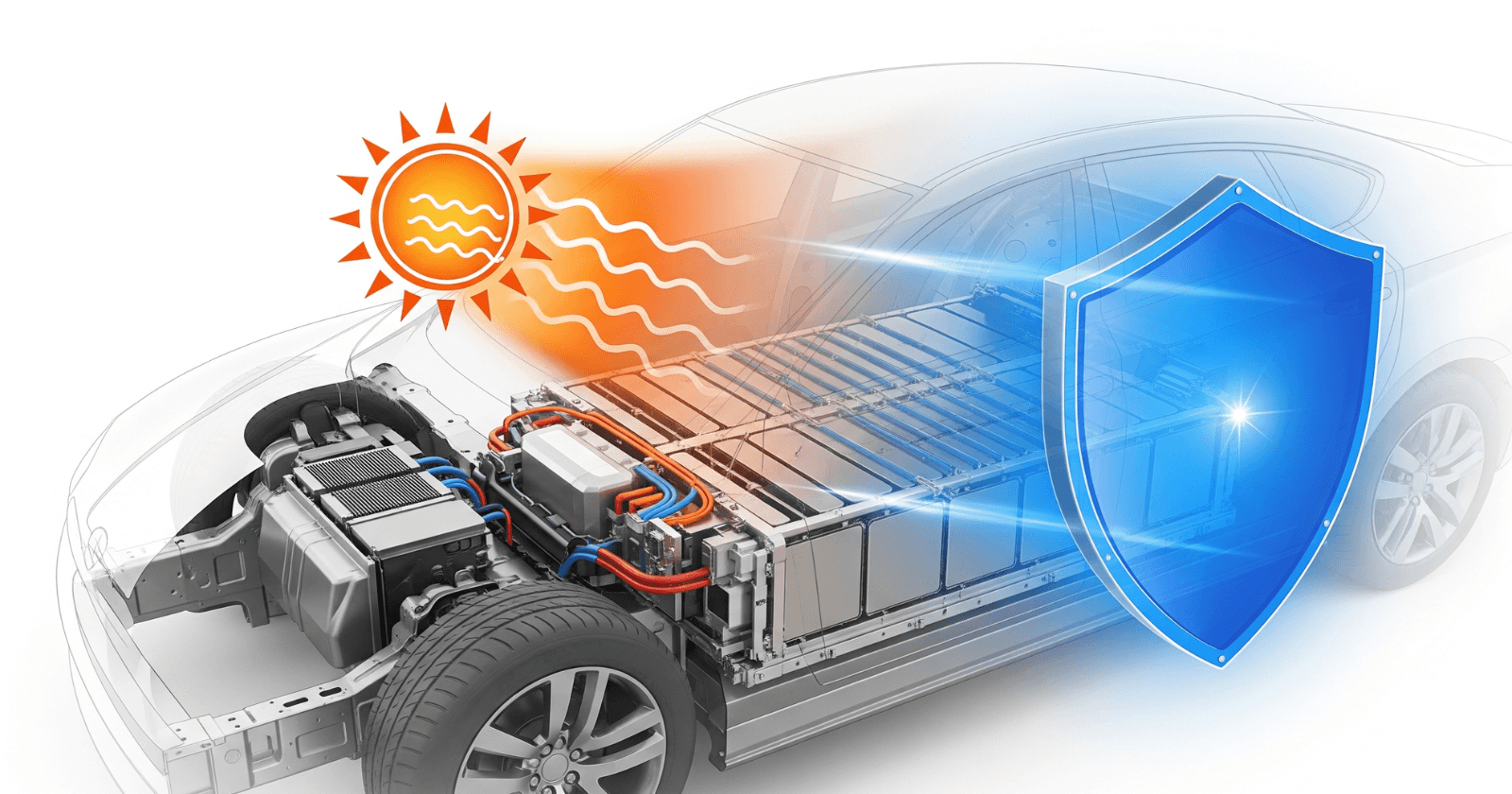
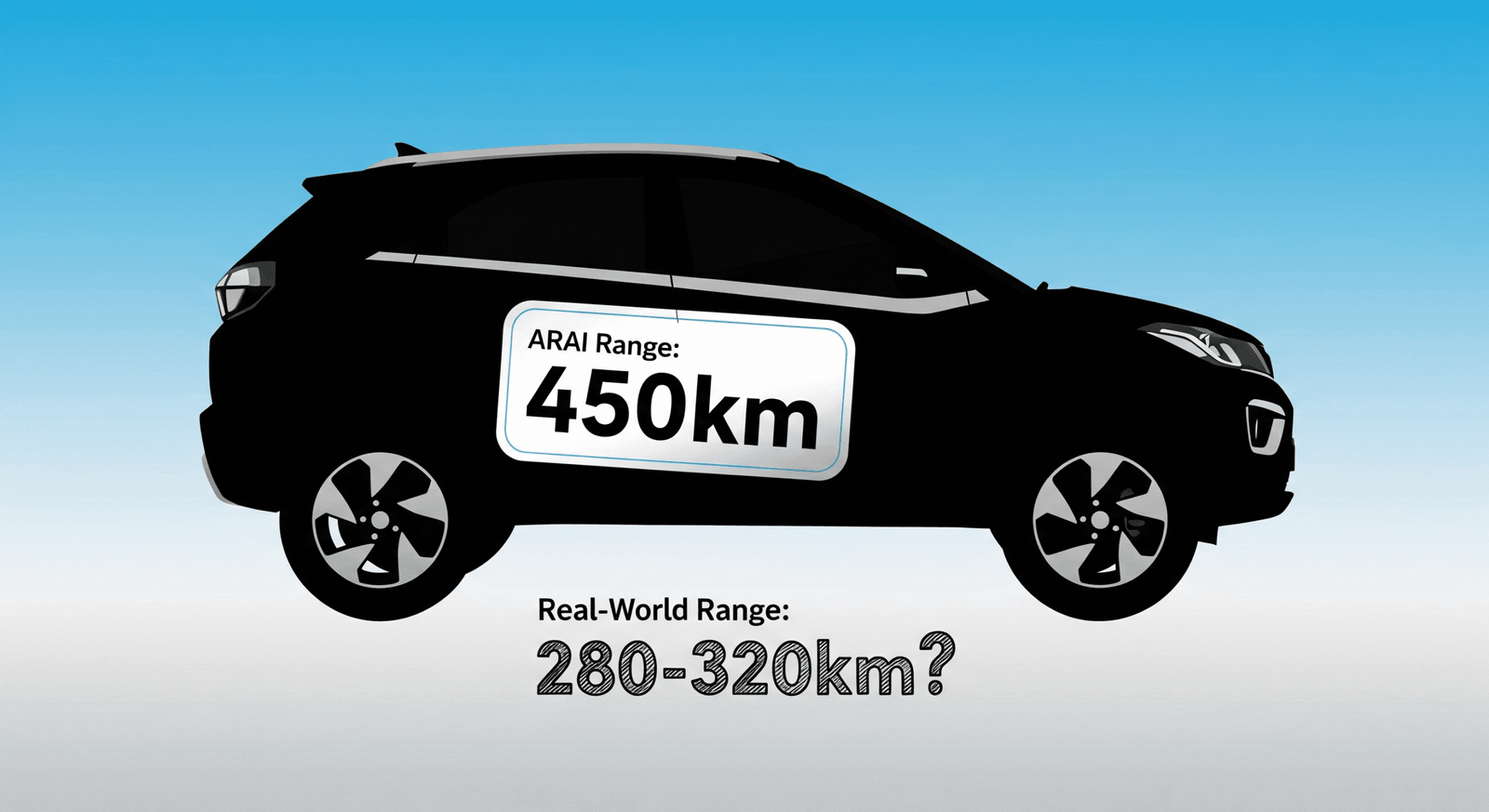

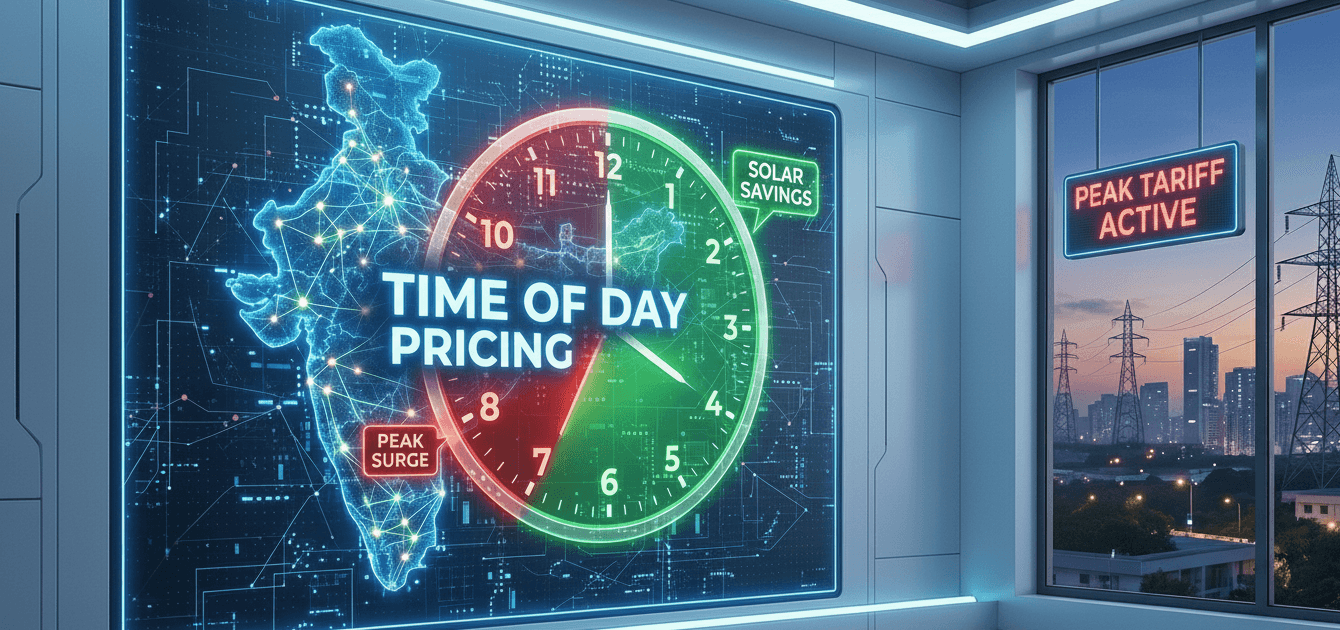
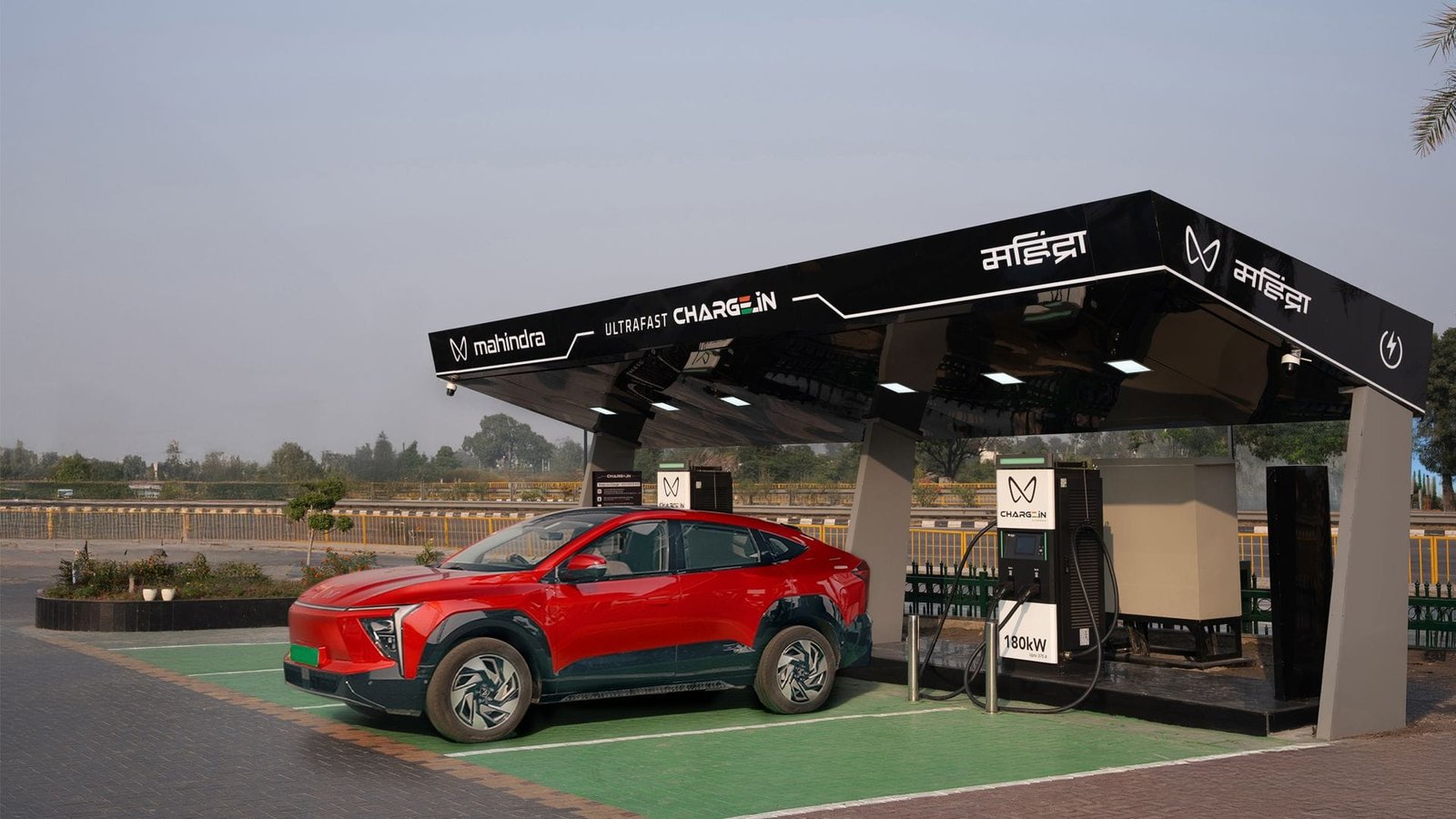


[…] 🤓 Learn More: How Do Solar Inverters Actually Work? […]